- TOP
- くらし
- LIVING IN SHIBUYA
現在のページ

Earthquakes
Select Language(言語選択)
Japan has frequent earthquake tremors. The Great East Japan Earthquake and tsunami that struck in 2011 caused extensive damage and loss, mainly in the Tohoku region. It has been predicted that a major earthquake will strike the metropolitan Tokyo area as well.
Earthquakes strike without warning. There is nothing we can do to eliminate earthquakes and they are difficult to forecast accurately. However, damage can be kept to a minimum with advance preparation and efficient action when an earthquake actually strikes. Most of the casualties caused by earthquakes involve fires, along with homes collapsing and furniture toppling over when there are tremors. To protect yourself and your family, please become familiar with the disaster prevention measures you should undertake on a regular basis.
Disaster Prevention Division, Disaster Countermeasures Promotion Section
TEL:3463-4475
Disaster Prevention Portal Site (121 Languages)
This website provides information on what to do when a disaster strikes, such as evacuation information and evaluating the damage the disaster causes. Other helpful information is given as well, such as disaster preparedness and knowledge, and what to do when a disaster strikes.
URL: http://bosai.city.shibuya.tokyo.jp.e.mu.hp.transer.com/
Shibuya City Disaster Prevention App (121 Languages)
This useful app retrieves real-time disaster prevention information directly from Shibuya City that you can share with family and friends. You can even check the disaster prevention map offline. Download the app with these QR codes:
For Android (Google Play)
For iOS (APP Store)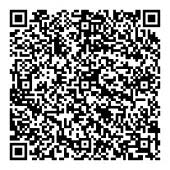
Regular precautions
1. Keep fire extinguishers and water for firefighting ready at hand.
Keep fire extinguishers on hand and know how to use them.
2. Keep your home safe.
Conduct safety checks in your home for earthquake resistance and use braces to prevent furniture from toppling over.
3. Familiarize yourself with the location of your local temporary evacuation areas, evacuation areas and evacuation shelters.
4. Prepare an emergency backpack of valuables and supplies to take with you.
Prepare a minimum of three days’ supply of emergency food, and if possible, enough supplies to last for a week.
5. Gather family members together and discuss what you will do in case of an emergency.
Assign tasks to each family member and decide upon places to meet and communication methods.
6. Participate in disaster preparation drills.
Learn the appropriate action to take in the event an earthquake strikes.
Preventing Furniture from Toppling Over or Moving
Many of the injuries incurred during an earthquake are caused by furniture falling down or moving across the floor, and from glass shattering. To protect yourself, secure your furniture and place adhesive glass-shattering prevention film on your cupboard and windowpanes.
- How to Secure Your Furniture
1. Secure your furniture to the wall, floor, and/or ceiling with metal fasteners
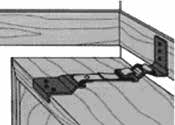
2. If you cannot use metal fasteners, use fixtures such as poles and stoppers
Pole-type fixtures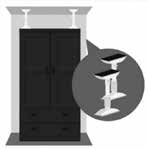
Stopper-type fixtures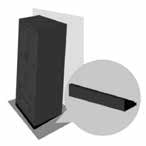
Shibuya City Service
Shibuya City provides ¥10,000 per household for purchases of fixtures to prevent furniture from toppling over. For more information, please visit the Shibuya City website:
URL: http://www.city.shibuya.tokyo.jp.e.mu.hp.transer.com/anzen/bosai/josei/kaguten_hojo.html
Emergency Backpack
Prepare an emergency backpack and keep it by the entrance of your home or living room so that you can quickly grab the necessities and go when you evacuate.
Main Items to Take with You
- Valuables (such as cash, bankbooks, and personal identification documents)
- Evacuation equipment (such as a flashlight, helmet and whistle)
- Medical supplies (such as a first-aid kit and household medication)
- Health and hygiene items (such as a portable toilet, wet tissues and sanitary items)
- Supplies for everyday living (such as a portable radio, batteries, eyeglasses, contact lenses and an all-purpose knife)
- Emergency food and beverages
- Items for individual and family needs (If there are infants in the household: diapers, baby formula, etc.)
Supplies
When an earthquake strikes, it is not unusual for utilities (i.e., water, electricity, and gas) as well as distribution services to halt. It is therefore wise to prepare or have on hand a supply of food and water so that you can live at home without evacuating in such cases.
Be Sure You Have These Items (prepare enough for three days to one week)
- Water: Roughly three liters per person per day
- Food: such as dried rice, retort pouch foods and canned foods. It is a good idea to use them and restock on a regular basis.
- Simple toilet: Although you may do without food, you cannot do without going to the bathroom. Be prepared to not be able to flush, and keep a supply of waste bags by the toilet.
Living Supplies
It is smart to always keep a large supply of items necessary for everyday living on hand.
- Kitchen supplies (such as a gas cassette stove, gas cassettes and plastic food wrap)
- Health and hygiene Items (such as wet tissues, toilet paper and tissue paper)
- First-aid items (such as household medications, your medicine handbook and a first-aid kit)
- Household supplies (such as garbage bags, plastic bags, a lighter and pocket warmers)
- Information-collecting equipment (such as a portable radio and your smartphone battery charger)
Ways of Confirming That You Are Safe
When a major earthquake strikes, phone and other communication lines (for email, etc.) become jammed. Decide in advance on a way of communicating with friends and family.
Disaster Emergency Message Dial 171
If you dial 171 for NTT’s Disaster Emergency Message Dial 171 service, you can record or play a message following the user guidance instructions. You can test out this service on the first and the fifteenth of the month.
- Record a message: Dial 171 + 1 + (your home phone number)
- Play a message: Dial 171 + 2 + (your home phone number)
Disaster Message Board
Mobile phone companies offer a disaster message board service where you can post text messages to confirm your safety. You can test out this service on the first and fifteenth of any month.
Shibuya City makes available fire extinguishers and disaster prevention equipment. There is also a program to install furniture braces for the elderly and disabled.
Please call for more information.
Earthquake!
If you are in this situation…
What to do if an earthquake strikes
At home
- Make a habit of being on the safe side, even during slight tremors.
- After the tremors subside, turn off all sources of heat and flames.
- Do not immediately rush outdoors.
- Secure an exit by opening windows and doors.
- Cooperate with your neighbors and help each other.
- To avoid being trapped, do not use elevators.
- Take an emergency backpack and evacuate if necessary.
- Wear comfortable clothes when evacuating.

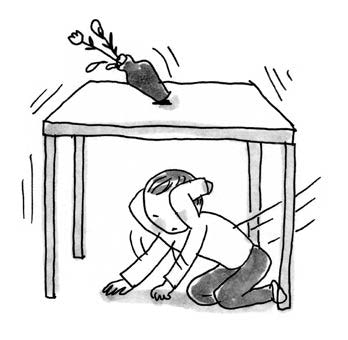
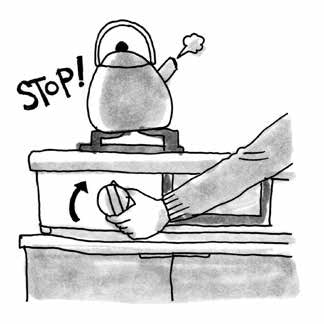

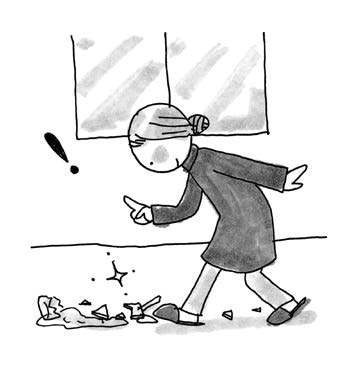
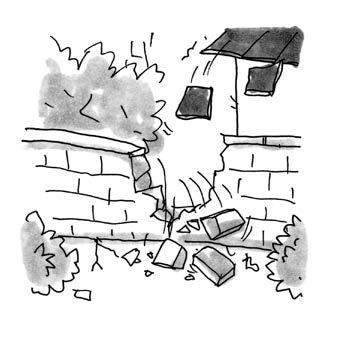
In a crowded shopping area
- Beware of falling glass and billboards; shield your head with whatever you are carrying.
- Stay away from buildings and utility poles.
In an underground shopping area
- Stay near a big, sturdy pillar, etc., and wait until the tremors subside.
- Calmly follow the instructions from employees of the facility.
- If a fire breaks out, cover your nose and mouth with a moistened handkerchief, etc., stay low, and head for the exit along the wall.
In a train
- It is dangerous to exit a train recklessly; follow the instructions of train company staff.
If you are driving
- Instead of slamming on your brakes—which can cause a traffic accident—slowly guide your car to the left side of the road, and park.
- Exit your car, leaving the key in the ignition so that the vehicle can be moved if necessary.
To avoid confusion during a disaster, it is wise to take action after listening to reliable information sources such as the radio and the City Office.
Broadcasts in foreign languages
NHK offers emergency disaster broadcasts in English through its bilingual TV broadcasts and through Radio 2 broadcasts (693KHz).
Evacuation procedures
If there is no danger of your home collapsing or of a spreading fire, then there is no need to evacuate. Check on your neighbors and conduct rescue and initial fire extinguishing activities. Be careful of secondary disasters caused by aftershocks, and continue to take measures to ensure personal safety. Start evacuating procedures if there is a threat of danger where you are, or if instructions are given via the city’s disaster prevention radio.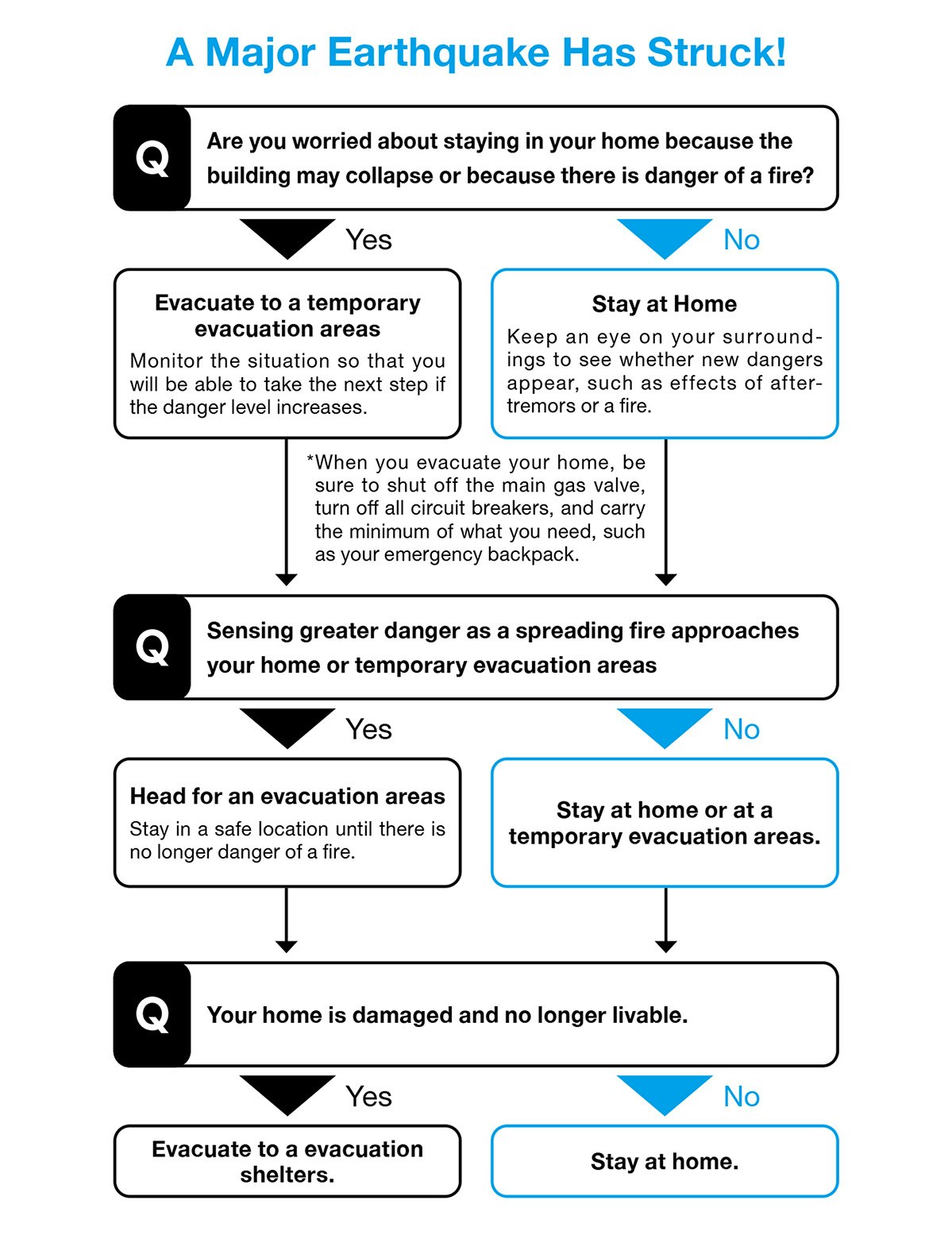
Temporary evacuation areas
These are locations where people gather temporarily to assess the extent of the danger and prepare to go to the evacuation areas. Temporary evacuation areas include such locations as schools and parks.
Evacuation areas
Go to these sites to escape from dangers such as spreading fires caused by earthquakes. The evacuation areas include Yoyogi Park and Yebisu Garden Place.
Evacuation shelters
These shelters function as temporary living quarters for people whose homes have collapsed or burned down. There are thirty-three evacuation shelters, including municipal elementary and junior high schools.
Evacuation area
Evacuating with Pets
If an evacuation shelter has a place for taking care of animals, people with small animals as pets, such as dogs, cats and small birds can evacuate there with them.
Everyday Preparedness
1. Maintaining your pet’s health and discipline
To prevent any trouble at the evacuation shelter, it is wise to train your pet (such as following the orders “wait” and “lie down,” and getting him/her used to a carry-bag) and safeguard your pet’s health (immunizations and flea extermination).
2. Preparing for life at an evacuation shelter
You must bring your own pet supplies, such as pet sheets and pet food.
3. If your pet gets lost
Make sure your pet is wearing a collar or name tag—or has a microchip implanted—so that even if you become separated your pet can be returned to you if it is found.
Disaster Prevention in a Condominium Complex
Even in a major earthquake, the risk of a condominium complex collapsing is comparatively low.
As a rule, it is wise to continue your daily life at home with an “at-home evacuation” if you live in a condominium complex and it is possible to live there.
At-Home Evacuation Precautionary Points:
- Conduct home safety measures
Be creative—such as by securing furniture to keep it from toppling over, reducing the amount of furniture you have, or buying furniture that is low to the ground—so that you can remain in your home.
- Be sure to keep a supply of food that will last at least seven days or more.
Depending on the disaster, the elevator(s) may be unusable, and you may become “high-rise evacuees.” It is wise to keep a supply of enough water, food and toilet supplies to last for at least seven days.
In addition, if you evacuate, always shut off the circuit breakers and gas and water valves, and notify your contact information to the superintendent.
Preparing for Heavy Rain(Before the rain falls)
Check for safety hazards
Be sure to check the Shibuya City Flood Hazard Map and/or the Metropolitan Landslide Risk Location Map for locations at high risk of flooding and landslides. You can also read the records of flooding in the city since the year 2000 at the Public Works Department service counter.
Countermeasures that can be done immediately
1. Clean the rain gutters near the entrance and porch of your home, as well as the drains and gutters of the streets on a regular basis to ensure that the water flowing is not stagnant or backing up when it rains.
2. If there is a flood, have sandbags and a water pump ready.
Note: Sandbags are available along the Kanda River tributary promenade. Shibuya City also distributes sandbags free of charge. For more information, please ask the Roads Division (Tel: 03-3463-2794).
3. Register for Shibuya Anzen Anshin Mail (Shibuya Safety and Security Email) and/or Twitter so that you can get evacuation information from Shibuya City.
4. Participate in the Shibuya City comprehensive flood disaster prevention drills, which are conducted every year around May or June. Learn how to prepare sandbags, prevent manholes from being displaced, and about how water pressure can make opening and shutting doors impossible.
Note: To register for Shibuya Anzen Anshin Mail, please send a blank e-mail to the address below or scan the QR code and follow the instructions.
Email address: login@shibuya.mailio.jp
When a disaster strikes
Pay attention to weather reports
If a typhoon or heavy rain is in the forecast, listen for warnings or alerts from the Meteorological Agency. It is crucial to use this information to take action as early as possible.
- Warning: Announced when there is a threat of disaster.
- Alert: Announced when there is a threat of a major disaster.
- Special Alert: Announced when a serious disaster beyond standards to date is coming, which occurs once every few decades or so. You can receive weather information via Shibuya Anzen Anshin Mail.
To check the amount of rainfall and river water levels
Check the trends in rainfall levels and the forecast with the rainfall information system “Tokyo Amesshu” from the Tokyo Metropolitan Bureau of Sewerage and the short-term forecast “High-resolution Precipitation NowCast” from the Japan Meteorological Agency. You can find out the water levels of the Kanda River and Shibuya River from the Tokyo Metropolitan Government water disaster prevention general information system.
Pay attention to information from the Shibuya City Office
Shibuya City Office transmits disaster prevention information, including evacuation announcements for the elderly, etc., general evacuation orders and taking emergency safety measures through the disaster prevention wireless system, Shibuya Anzen Anshin Mail, X and the City Office website. Please pay attention to these announcements.
Note: If you are unable to hear the disaster prevention wireless system broadcast because the rain is too loud, you can confirm the content of the announcements.
Please use the “Telephone Response Service (Tel: 03-3498-7211~3)”.
Beware of flooded basements
It is dangerous to use basements during floods. Beware of using underground parking lots as well.
My Home Disaster Prevention Memo
Helpful Disaster Prevention Information for Foreign Residents
Various information is available to ensure than foreign residents can lead safe and worry-free lives.
Tokyo Metropolitan Government Disaster Prevention Website (multilingual)
https://www.bousai.metro.tokyo.lg.jp/index.html
A wide range of helpful disaster prevention information is available on this multilingual site.
“Disaster Preparedness Tokyo”
https://www.bousai.metro.tokyo.lg.jp/1002147/index.html
To ensure that every household is prepared for various disasters, such as an earthquake that may hit Tokyo directly, we hope that every home will have one copy of this booklet, and that it will be consulted regularly.
The booklet is also available in English, Chinese (simplified and traditional) and Korean.
“Tokyo Disaster Readiness Guide”
https://www.bousai.metro.tokyo.lg.jp/1005427/index.html
This is a disaster preparedness booklet written from a woman’s perspective. It is available in English, Chinese (simplified and traditional) and Korean.
Disaster Preparedness Tokyo App
https://www.bousai.metro.tokyo.lg.jp/1005744/index.html
This app has helpful information about dealing with disasters.
Some of the content is given in English, Chinese (simplified and traditional) and Korean.
Tokyo Fire Department (multilingual)
https://www.tfd.metro.tokyo.jp/index.html
This fire department site offers helpful information on disasters and disaster prevention.
Tokyo Intercultural Portal Site (English)
https://www.tabunka.tokyo-tsunagari.or.jp/english
In addition to helpful disaster prevention information, this site has helpful hints on everyday living for foreign residents.
Aid Map for Disasters of Shibuya City
https://www.city.shibuya.tokyo.jp/bosai/bosai/bosai-manual-map/map.html
Shibuya City Flood Prevention Measures
Shibuya City Flood Hazard Map
Shibuya City has prepared a flood hazard map for the parts of the Kanda River basin and Shibuya River basin within the city, based on data the Tokyo Metropolitan Government has published. (The maps are also available in English, Chinese [traditional and simplified characters] and Korean.)
This map shows the expected area and depth of flooding in the event of maximum expected rainfall (maximum hourly rainfall: 153 mm; total rainfall for 24 hours: 690 mm). It also lists local evacuation shelters and provides other useful information. You can view a larger version of the flood hazard map and past flooding information online via the Shibuya City map information system.
English version
https://www.city.shibuya.tokyo.jp/assets/anzen/000056524.pdf
